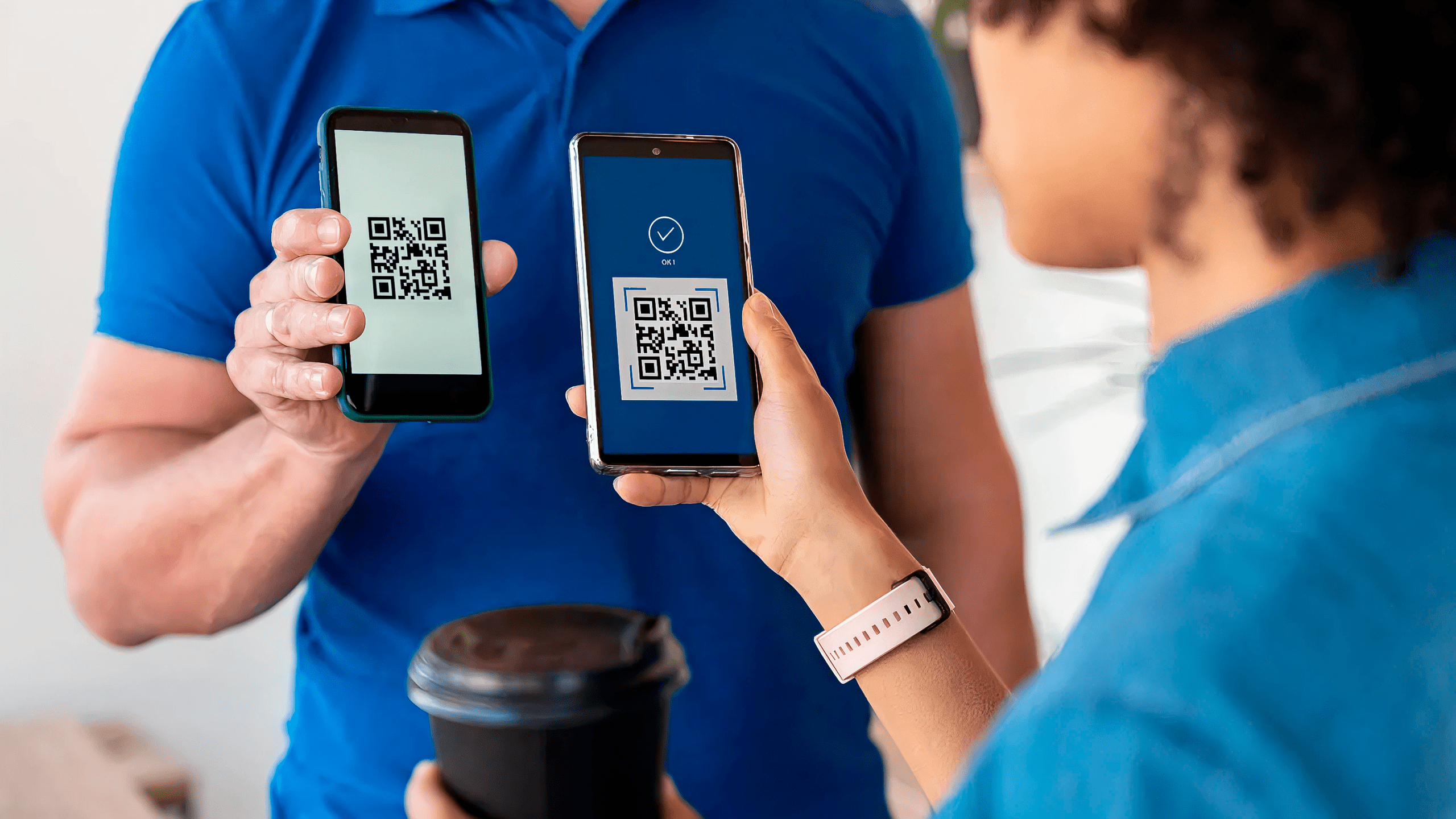
No cards, no phones, no contact: who’s running the biometric race.
Today, biometrics is no longer a technology of the future — it has become part of global everyday life. From fingerprints in a smartphone to face scanning in the subway or airport — millions of transactions around the world are carried out without cards, cash, or even smartphones. This convenience is backed by decades of development, strategic ambitions of states, and fierce competition between technology giants. Who and how is shaping the new reality of “touchless payment” — let’s figure it out in this article.
Just a few years ago, paying by face seemed like a scene from a movie about the future. Today, it is part of reality: biometrics is becoming a universal language of trust between a person and a system.
Technologies that recognize a face, fingerprint, or even a palm are rapidly replacing bank cards and smartphones, turning the payment process into an unnoticeable but unprecedentedly secure operation. How did humanity come to this point — and who determines the pace of the biometric revolution?
World Map: How Countries Are Developing Biometric Payments
USA: Biometrics as a Business Strategy
The American market looks at biometrics through the prism of customer experience. Here, biometric solutions are not so much about security as they are about convenience, loyalty, and sales growth.
Case of Amazon One: the technology introduced in 2020 allows you to pay for purchases and enter premises simply by placing your palm on the scanner. By 2023, such devices have been installed in hundreds of locations: from Whole Foods supermarkets to stadiums and airports.
The CaliBurger restaurant chain was one of the first to implement face payment back in 2017 — with integration into the loyalty program. In the US, biometrics is becoming a marketing tool: it helps segment the audience and offer personalized offers in real time.
Fact: the first automatic fingerprint recognition system — AFIS — was created in the US back in 1969.
Europe: A careful balance between progress and privacy
In the EU, biometrics progress is slowed by strict GDPR regulations and public sensitivity to personal data issues. Most projects are pilot projects, but the trend is clear.
Romania, 2018 — Carrefour tests biometric payments at self-checkouts.
Spain, 2020 — CaixaBank launches ATMs with facial recognition, later BBVA tests biometric payments in restaurants on its campus in Madrid.
Germany — 35% of the population already uses biometrics for online payments, mainly fingerprints.
Fact: Germany was one of the first to implement biometric ID cards as part of the eID project, but abandoned widespread use due to criticism from human rights activists.
Russia: biometrics under the patronage of the state
The Russian model is one of the few where biometric payments are actively promoted at the state level. Since 2018, the Unified Biometric System has been operating in the country, and by 2021, pilots began in retail and transport.
The Face Pay case in the Moscow metro has become the largest such project in the world outside of China. Another important project is Sberbank’s “Payment by Smile”, implemented in POS terminals across the country.
Russia is betting on large-scale implementation, integrating biometrics into everyday services – from transport to retail.
Middle East: biometrics as a tool for a “smart state”
In MENA countries, biometrics are part of national digital transformation strategies.
UAE: Smart Gates at Dubai Airport allow passport control by face. Visa is testing biometric payments in Costa cafes.
Saudi Arabia: in the NEOM project, biometrics will become the key to all city services. In 2022, pilots began in shopping centers.
Qatar: Ahead of the 2022 World Cup, biometrics were used in airports, VIP areas and stadiums.
Here, biometrics are not just a technology — they are a symbol of the future, built into the city infrastructure.
Asia: the global leader in speed of implementation
China
China is the undisputed leader. In 2017, Alipay and WeChat Pay began testing facial recognition, and by 2019, the technology had become ubiquitous. Smile-to-Pay devices from Alipay are even installed in street kiosks.
Biometric payments in China are used in transport, schools, the public sector and healthcare.
Japan
Japan is betting on fingerprints. Bank cards without PINs, hotels with biometric identification and pilots in tourism — the country is moving towards convenience with its inherent precision.
South Korea
Seoul has a face-based fare collection system integrated with the national biometric database. And since 2023, biometrics have even been tested in schools.
What’s next?
Biometrics is confidently becoming a new standard. For some countries, it is a path to convenience, for others, to security, and for others, to managing the megacities of the future. But the essence remains the same: a person becomes a password.
The question is no longer “to implement or not to implement.” The question is who will do it faster, better, and more trustfully.
Blog

Development of an online acquiring platform: architecture, payment gateway, Back Office and a turnkey merchant portal

Unified QR Standard: how the payment market is moving to a new infrastructure

Back office under pressure: how outdated software slows down banks – and what to do about it

Custom development for fintech: why you should outsource a project
